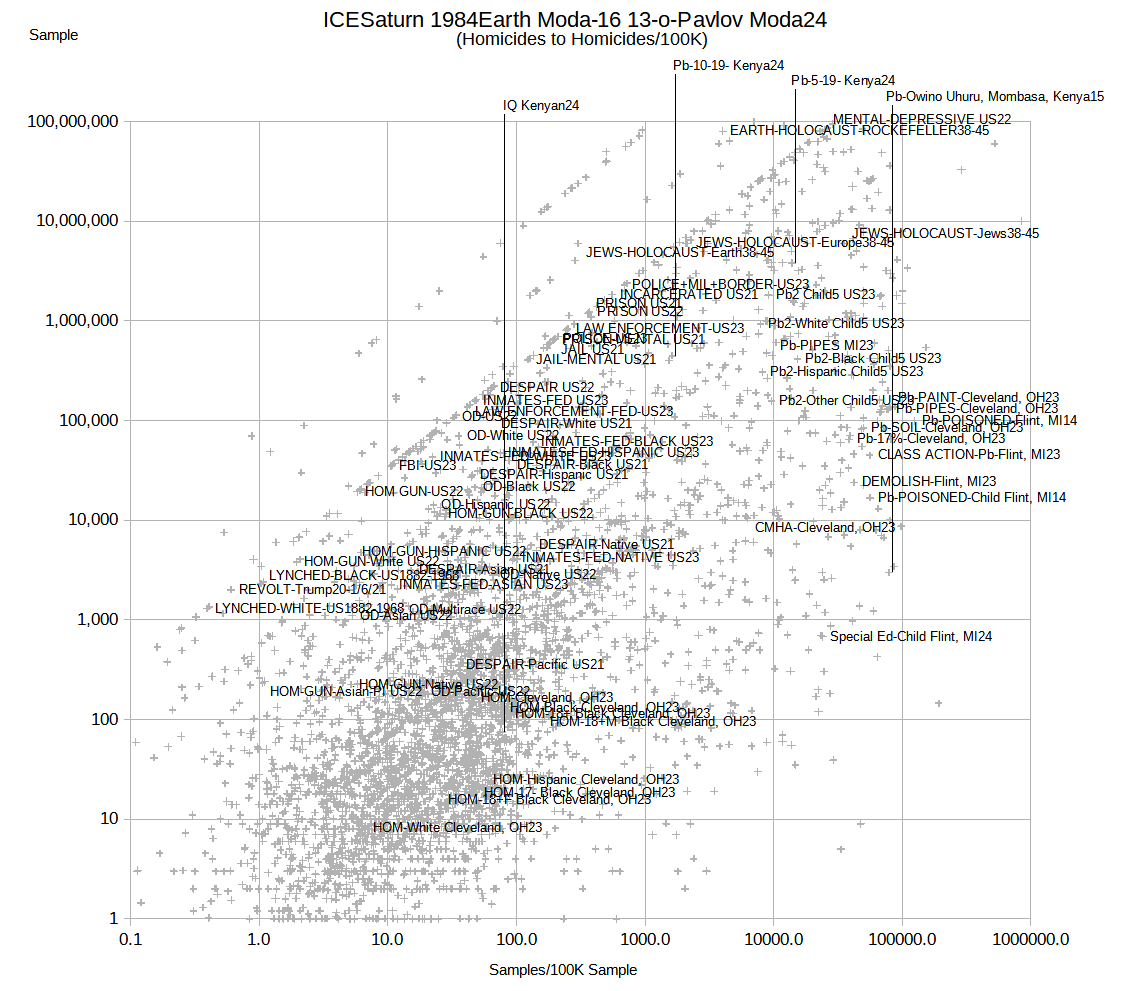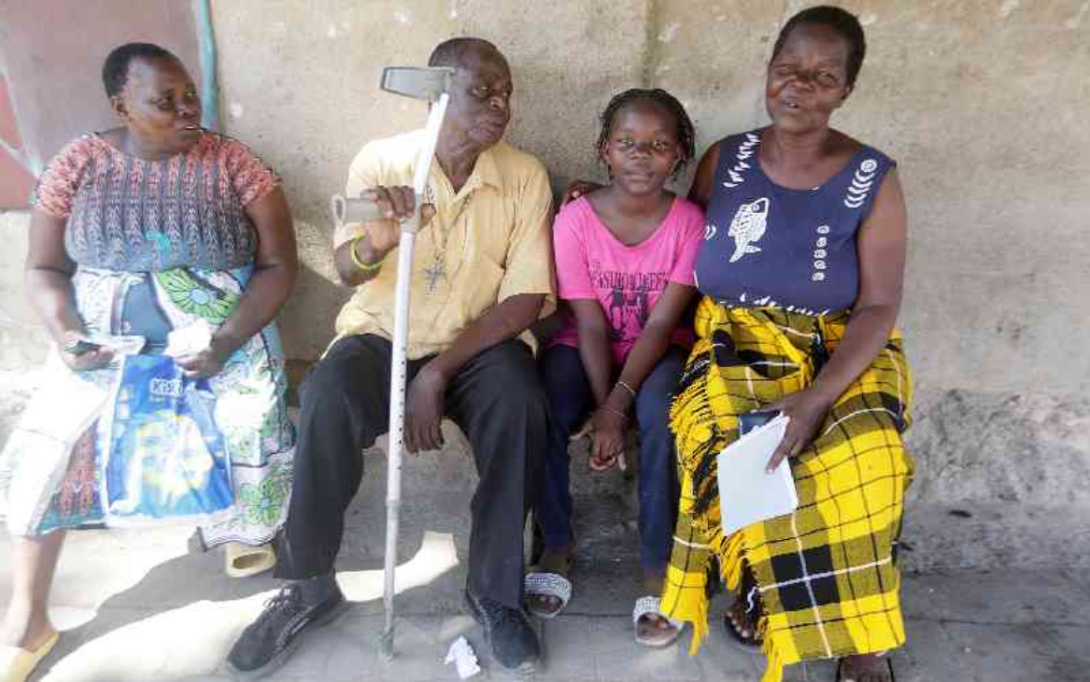

Residents of Owino Uhuru stricken by deadly effects of lead poisoning. Hamisi and the other mothers know that the extreme poverty in Owino Uhuru, combined with stigma and misinformation about lead poisoning, has only fueled the spread of the poisoning and the deaths of their children and husbands.
The painful memory of Hamisi’s son’s death is overshadowed by what happened afterward. “We were called, as we boarded the ferry, and told not to take the body to our home in Kwale,” she said.
“Our family members in Tsimba Kwale think lead poisoning is infectious. We’ve been banished from the village and forced to bury my son outside this rented hut,” said Yusuf’s father, Hamis Salim.
Salim, the chair of the parents of children affected by lead poisoning in the area, said that a 17-year-old girl in the community has lost her sight, a 14-year-old boy is battling cerebral palsy, and others suffer from chest and abdominal pains.
According to hospital records, the children diagnosed with high lead levels are aged between 14 and 17 years. These children were born between 2007 and 2010, during the peak of operations at the lead-acid battery recycling factory in the area.
In 2020, the Center for Justice Governance and Environmental Action (CJGEA) rallied the residents to file a class-action lawsuit in Mombasa seeking compensation. They were awarded Sh1.3 billion.
“We don’t know what’s happening with our compensation case. No one talks to us,” said Jackson Osea, another victim.


Comments